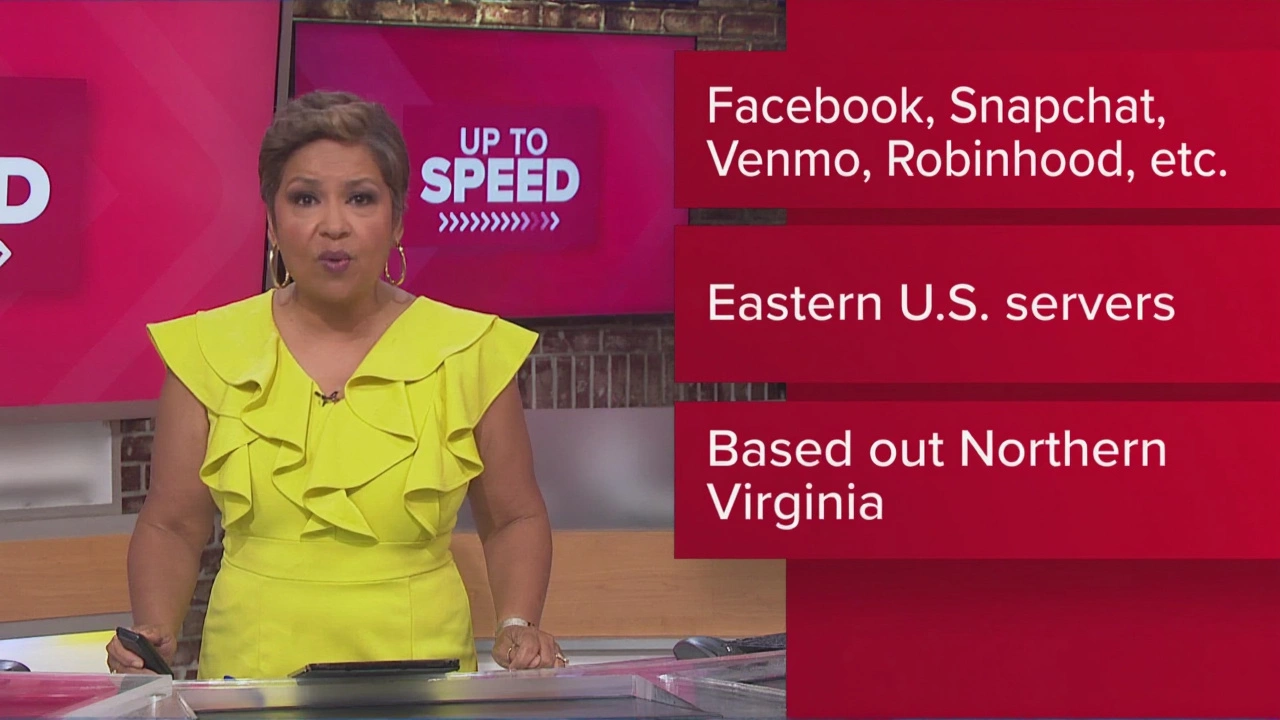On , National Bureau of Statistics in Beijing announced that China's economy grew 4.8% year‑on‑year in the third quarter, a slowdown from the 5.2% recorded in Q2 and the 5.4% in Q1. The data were released on the opening day of the Communist Party’s fourth plenum, where President Xi Jinping and the Central Committee are slated to outline the 15th Five‑Year Plan. The modest gain keeps the nine‑month cumulative growth at 5.2%, just above the government’s “around 5%” target for the full year.
Why the slowdown matters
The dip may look small on paper, but it signals that the recovery is losing momentum. Real GDP expansion in the first three months was driven largely by consumption (+2.8 percentage points) and net exports (+2.1 ppts), while investment added a paltry 0.5 ppts, according to the World Bank China Economic Update (June 2025). By contrast, retail sales in August barely rose 3.4% from a year earlier – the weakest growth rate this year – after surging 6.8% in June.
Property sector still in trouble
Helen Qiao, Chief Economist for China at Bank of America, warned that the housing market is far from out of the woods. "It is hard to conclude that the sector is out of the woods. We expect an 8–10% decline in new home sales and a 15–20% contraction in residential new starts this year," she said in a recent report. New‑home prices across 70 major cities fell 3.2% year‑on‑year in June, a slowdown from the 3.5% drop in May, per a Euronews briefing from Brussels.
Policy response and fiscal stimulus
The government has tried to shore up demand with subsidies for car and appliance trade‑ins, but the Atlantic Council notes that provincial funding for those programmes has been exhausted. The OECD projects overall growth will ease to 4.7% in 2025 and 4.3% in 2026, citing weak consumer confidence and lingering high precautionary savings.
- Q3 2025 GDP: 4.8% YoY
- Q2 2025 GDP: 5.2% YoY
- Retail sales growth (August): 3.4% YoY
- New‑home price drop (June): 3.2% YoY
- Fixed‑asset investment (Jan‑Aug): <1% growth
Meanwhile, the Carnegie Endowment for International Peace’s Michael Pettis offered a more optimistic take: "Barring a disaster, China will almost certainly achieve its GDP growth target in 2025, which means that predictions by all the global financial institutions will converge to 4.8–5.0% by the fourth quarter of 2025."

Expert outlook and comparisons
Comparing this cycle with the post‑2008 stimulus, analysts see a similar pattern: a surge in investment followed by a sharp pull‑back once consumer confidence stalls. However, the current credit crunch in the property sector is deeper than the 2015‑16 slowdown, where home‑price declines averaged 1‑2%.
One recurring theme is the “precautionary savings” effect that the pandemic left behind, a factor the World Bank highlighted as a drag on consumption even as fiscal transfers rise.
What lies ahead
The fourth plenum, running from October 20‑23 in Beijing, will likely cement a policy mix that leans on targeted stimulus rather than broad‑based fiscal expansion. Sources familiar with the talks say state‑owned banks could be recapitalised to unlock credit for the housing market, while the stimulus fund for trade‑ins may be redirected toward low‑carbon infrastructure.
In short, the economy is walking a tightrope: growth is still hovering near the official target, but a prolonged property slump could tip the balance. Watch for the final Q4 numbers – they’ll reveal whether the government’s mid‑term plan can lift the headwinds.
Frequently Asked Questions
How does the Q3 slowdown affect average Chinese consumers?
The slower growth translates into weaker wage gains and tighter credit, meaning many households will feel the pinch when trying to finance big‑ticket purchases such as cars or home renovations. Retail sales data show a 3.4% rise in August, down from 6.8% in June, indicating that discretionary spending is already curbing.
What are the main reasons behind the property market’s decline?
A combination of high developer debt, lingering consumer scepticism and tighter mortgage lending has thinned demand. Helen Qiao predicts an 8–10% fall in new home sales this year, while price drops of 3.2% year‑on‑year in June confirm the downward pressure.
Will the government’s stimulus programmes be enough to hit the 5% target?
Experts are divided. The OECD sees growth slipping to 4.7% in 2025, while Michael Pettis of the Carnegie Endowment believes the final quarter could push figures up to 4.9%‑5.0% if credit channels reopen.
How does China’s Q3 performance compare with the previous year?
In Q3 2024, China grew 5.0% YoY, slightly ahead of the 4.8% reported this year. The dip reflects a broader slowdown in investment and a more cautious consumer base, echoing trends seen after the 2008 stimulus but with a deeper real‑estate correction.
What are the key policy signals to watch from the fourth plenum?
Analysts expect the Party to endorse a modest fiscal boost aimed at infrastructure and green projects, alongside measures to recapitalise state banks. A focus on targeted credit for the housing sector could help stabilise prices, but broad‑based stimulus remains unlikely.
